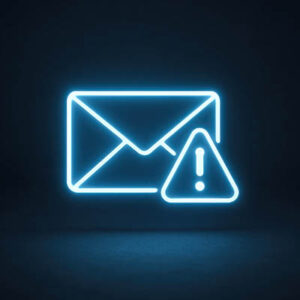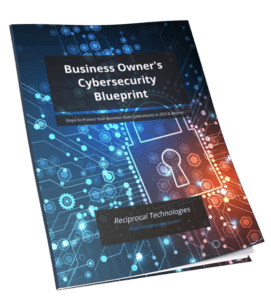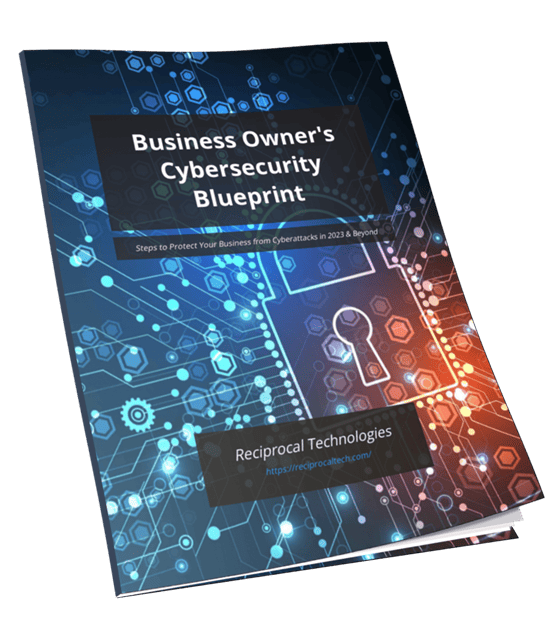7 Ways to Spot a Phishing Email Fast

From the classic Nigerian Prince emails to the cleverly crafted fake invoice, malicious digital correspondence is a constant, evolving threat to any business. It’s not just about losing a few dollars, either. A successful phishing attack can cripple your operations, compromise sensitive data, and even lead to devastating financial and reputational damage.
So, how do you spot these digital dangers before it’s too late? Phishing scams rely on you overlooking the details. Here are seven of the most obvious signs that a message is a wolf in sheep’s clothing.
The Critical Red Flags
The Urgent, Demanding, or Threatening Tone
Scammers thrive on panic. They want you to act without thinking and bypass your usual critical analysis. Watch out for messages that create a sense of urgency, using phrases like:
- Your account will be suspended immediately if you don’t click this link!
- Urgent action required: Payment overdue!
- Failure to respond will result in legal action.
This manufactured urgency is a classic social engineering tactic designed to exploit your fear and desire to avoid negative consequences.
Generic Greetings and Impersonal Language
Mass phishing campaigns use generic greetings because they don’t know your name. A legitimate company or contact will almost always address you personally. Be wary of:
- Dear Valued Customer
- Hello User
- To Whom It May Concern
This lack of personalization is a strong indicator that the sender doesn’t have a genuine relationship with you or your organization.
Spelling, Grammar, and Punctuation Errors
While everyone makes mistakes, a professional business typically has copywriters and proofreaders for official communications. A high volume of errors—such as numerous typos, awkward phrasing, or incorrect capitalization—is a giant red flag. It often points to a scammer who is unprofessional or being careless while sending out thousands of similar messages.
Suspicious Sender Email Address or Display Name
This is one of the most crucial checks. Scammers frequently try to spoof email addresses or create very similar-looking ones to trick you.
Example – An email from Microsoft but the address is support@microsofthelp.ru.
Example – A display name of CEO’s Name but the actual email address is randomguy@gmail.com.
Always hover over (but do not click!) the sender’s email address to reveal the true domain. If it doesn’t match the legitimate organization you expect, it’s almost certainly a scam.
Links to Unfamiliar or Suspicious Websites
Clicking a malicious link is like opening the door to a thief. It can lead to credential harvesting pages or malware downloads.
Example – The link promises to take you to your bank, but the URL is mybank.xyz.co instead of mybank.com.
Always hover over links to see the actual destination URL before clicking. If it looks fishy, delete the email immediately.
Requests for Sensitive Information
Legitimate organizations, especially banks and government agencies, will never ask you for sensitive information such as passwords, Social Security numbers, or credit card details via email. If a message asks you to verify or update your password, it is almost always a direct attempt to steal your credentials or identity.
Unexpected Attachments
Malicious attachments are a primary vector for malware, including crippling ransomware. Opening these files can unleash viruses, trojans, and other destructive programs onto your system and network. Be extremely cautious with attachments, especially those that are unexpected or from an unfamiliar sender.
The Real Dangers to Your Business
These scams aren’t just an annoyance; they pose an existential threat:
- Financial loss – Direct theft of funds, fraudulent transactions, or ransom demands.
- Data breach – Compromise of customer data, intellectual property, or employee PII, leading to massive regulatory fines and reputational damage.
- Operational disruption – System downtime and network outages due to malware infections.
- Reputational damage – Loss of customer confidence and a tarnished brand image that can take years to rebuild.
What You Can Do
Education is your first line of defense. Train your employees to recognize these signs. Implement strong email filters, use updated antivirus software, and deploy Multi-Factor Authentication (MFA) wherever possible.
Always remember the golden rule: When in doubt, delete it! If you’re unsure about an email, contact the sender directly through a known, legitimate channel (not by replying to the suspicious email or clicking a link in it).
Stay vigilant, stay safe, and let’s keep those digital sharks from circling your business. If you need help with your cybersecurity strategy, give the experts at Reciprocal Technologies a call at 317-759-3972.
About the Author
Author’s recent posts
Download the
Business Owner’s Cybersecurity Blueprint


